Home>diy>Building & Construction>What Does PC Mean In Construction
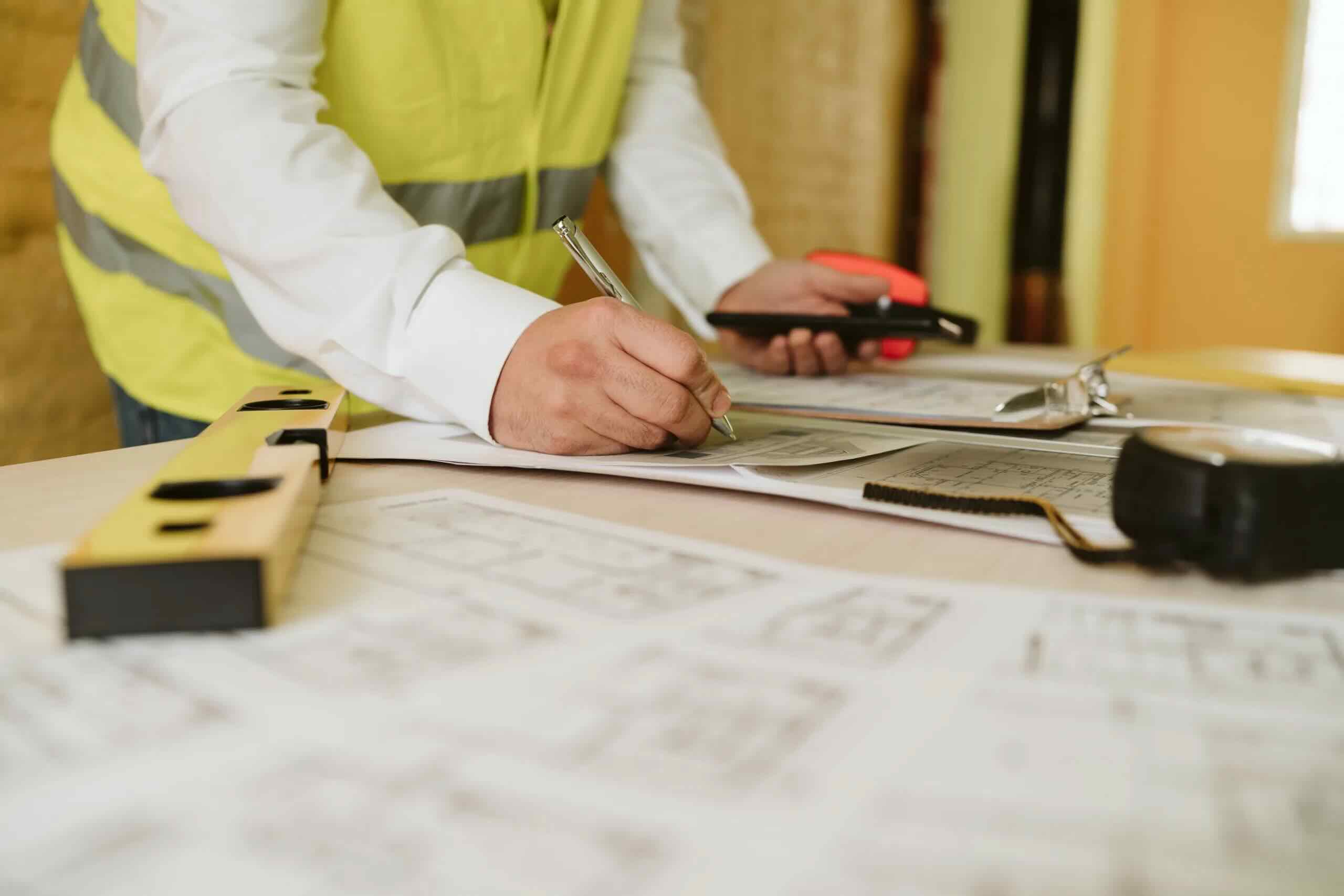

Building & Construction
What Does PC Mean In Construction
Modified: December 7, 2023
Learn the meaning of PC in construction, and how it relates to building and construction processes. Discover the role of PC in the world of construction.
(Many of the links in this article redirect to a specific reviewed product. Your purchase of these products through affiliate links helps to generate commission for Storables.com, at no extra cost. Learn more)
Introduction
Construction is an ever-evolving industry that constantly seeks innovative solutions to enhance efficiency, reduce costs, and improve overall project outcomes. In recent years, there has been a growing trend towards adopting Prefabricated Construction (PC) methods.
PC, also known as off-site construction or modular construction, involves the manufacturing and assembly of building components in a factory setting, and then transporting and installing them on the construction site. This approach offers numerous advantages over traditional on-site construction, making it an attractive choice for many builders and developers.
In this article, we will delve into the world of PC in construction, discussing its definition, history, benefits, applications, challenges, and the future of this construction method.
Key Takeaways:
- Prefabricated Construction (PC) revolutionizes the industry by offering increased efficiency, cost savings, and sustainable practices. Its history, applications, and future trends showcase its potential to shape the built environment.
- While PC presents challenges in design complexity and logistics, its future looks promising with technological advancements, smart integration, and collaboration driving innovation. PC is set to play a crucial role in meeting the demands of urbanization and affordable housing.
Definition of PC in Construction
Prefabricated Construction (PC) refers to the process of manufacturing building components or modules in an off-site factory, which are then transported to the construction site for assembly. These components can range from wall panels and floor systems to entire room modules or even complete buildings.
The key characteristic of PC is the high degree of pre-fabrication and standardization involved in the manufacturing process. Unlike traditional construction methods where most building components are fabricated on-site, PC relies on the mass production of standardized modules or panels in a controlled factory environment.
These modules are manufactured using advanced technology and machinery, such as computer-aided design (CAD) and computer numerical control (CNC) equipment, ensuring precise and consistent manufacturing. Once completed, the modules are transported to the construction site and installed using cranes or other heavy equipment.
PC methods can be categorized into different types, including panelized construction, volumetric modular construction, and hybrid construction. Panelized construction involves the fabrication of wall, floor, and roof panels that are assembled on-site. Volumetric modular construction entails manufacturing entire room-sized modules in the factory, complete with finishes and fittings. Hybrid construction combines both panelized and volumetric approaches, utilizing a mix of factory-made components and on-site construction.
Overall, PC offers a more streamlined and efficient construction process while maintaining high quality standards. The use of standardized modules and panels reduces construction waste, minimizes construction time, and ensures greater precision and quality control compared to traditional construction methods.
History of PC in Construction
While the concept of prefabrication has been around for centuries, the modern application of PC in construction gained traction in the 20th century. The need for faster and more cost-effective construction methods, particularly after World War II, led to advancements in prefabrication techniques.
One of the early pioneers of PC was the Swedish construction company, Skanska, which developed the “Skansa Villa” in the 1940s. This prefabricated house allowed for rapid construction using standardized components. It served as a catalyst for the wider adoption of PC methods throughout Scandinavia and eventually around the world.
In the subsequent decades, PC gained popularity across various sectors of the construction industry. It was widely used in the construction of residential buildings, such as apartment blocks and social housing, where speed and cost efficiency were crucial.
The oil crisis in the 1970s further fueled the interest in PC as a means to reduce energy consumption and increase sustainability in construction. Building components with improved insulation and energy efficiency became more prevalent in PC projects.
With the advancement of technology, the capabilities of PC expanded, enabling the construction of larger and more complex structures. In the 1990s, the first modular high-rise buildings emerged, showcasing the potential of PC in creating skyscrapers with shorter construction times and reduced costs.
In recent years, the global construction industry has witnessed a surge in the use of PC methods. This growth can be attributed to factors such as advancements in manufacturing technology, the need for sustainable construction practices, and the demand for affordable housing.
The adoption of Building Information Modeling (BIM) has also played a significant role in the integration of PC in construction. BIM software allows for seamless collaboration between architects, engineers, and manufacturers, facilitating the design and fabrication of prefabricated components with utmost accuracy and efficiency.
Today, PC is not limited to residential buildings but has expanded to include commercial structures, educational institutions, healthcare facilities, and even infrastructure projects. The history of PC in construction has paved the way for a future where off-site manufacturing becomes the norm, revolutionizing the way we build and providing solutions to address the challenges facing the industry.
Benefits of PC in Construction
Prefabricated Construction (PC) offers numerous benefits that make it an attractive option for builders, developers, and project owners. Let’s explore some of the key advantages of adopting PC methods in construction.
1. Increased Efficiency
PC allows for greater efficiency in the construction process. The manufacturing of building components in a controlled factory environment ensures consistent quality and precision. This reduces the time spent on-site, as modules or panels can be quickly installed once they are transported from the factory.
Read more: What Does Masonry Construction Mean
2. Accelerated Project Timelines
By leveraging PC methods, construction projects can be completed in significantly shorter time frames. Off-site fabrication and parallel construction processes reduce overall project duration, leading to faster occupancy and quicker returns on investment for stakeholders.
3. Cost Savings
PC can result in cost savings for construction projects. The ability to mass-produce standardized components in a factory setting reduces material waste and increases purchasing power. Additionally, the streamlined construction process and reduced on-site labor requirements contribute to lower overall project costs.
4. Improved Quality and Consistency
The controlled factory environment and advanced manufacturing techniques associated with PC ensure a higher level of quality and consistency compared to traditional on-site construction methods. Each component is manufactured with precision and undergoes rigorous quality control measures, resulting in buildings that meet or exceed industry standards.
5. Enhanced Safety
Off-site construction minimizes the risks associated with on-site accidents and injuries. The majority of construction activities, including heavy lifting and assembly, are performed in the factory under controlled conditions, reducing the likelihood of workplace incidents.
Read more: What Does Turnkey Mean In Construction
6. Sustainable Construction
PC promotes sustainable construction practices by reducing waste, minimizing material consumption, and improving energy efficiency. The controlled production environment allows for better planning and optimization of resources, resulting in a smaller environmental footprint compared to traditional construction.
7. Design Flexibility
PC methods offer design flexibility and customization options. With advances in technology, architects and engineers can create unique and innovative structures using pre-fabricated components. Modular construction also allows for future expansion and reconfiguration of buildings, offering adaptability to evolving needs.
8. Reduced Disruption
PC minimizes disruptions to the surrounding environment and the local community. Since a significant portion of construction activities is performed off-site, disturbances such as noise, dust, and traffic congestion are significantly reduced during the construction process.
Overall, Prefabricated Construction offers a range of benefits that align with the demands of modern construction projects – faster completion, cost efficiency, improved quality, and sustainability. Its growing popularity further emphasizes its ability to transform the construction industry.
Applications of PC in Construction
Prefabricated Construction (PC) methods have found applications in various sectors of the construction industry, offering innovative solutions to traditional construction challenges. Let’s explore some of the key areas where PC has been successfully implemented.
Read more: What Does ISO Mean In Construction
1. Residential Construction
PC has been widely used in residential construction, particularly in the development of multi-story apartment buildings, affordable housing projects, and single-family homes. The off-site manufacturing of building components allows for faster construction time, cost savings, and consistent quality across multiple units.
2. Commercial Buildings
PC is increasingly being adopted in the construction of commercial buildings, including office complexes, retail centers, and hotels. The ability to fabricate and assemble standardized components off-site provides a faster, more efficient construction process, minimizing disruption to businesses and increasing revenue-generating potential.
3. Educational and Healthcare Facilities
PC methods have been successfully used in the construction of educational institutions and healthcare facilities. The consistent quality and accelerated construction time enable educational institutions to be operational faster, meeting the urgent need for classrooms or dormitories. In healthcare, PC allows for the creation of modular clinics, hospitals, and medical centers that offer flexibility for future expansion.
4. Industrial and Warehouse Buildings
PC offers advantages in the construction of industrial facilities and warehouses. Off-site fabrication of structural elements and building components allows for rapid construction, enabling businesses to start operations sooner and maximize productivity.
Read more: What Does Furring Mean In Construction
5. Infrastructure Projects
PC methods are increasingly being utilized in the construction of infrastructure projects, such as bridges, tunnels, and transportation hubs. By prefabricating components in a controlled factory environment, the construction time is reduced, minimizing disruption to traffic and improving the overall efficiency of the project.
6. Disaster Relief and Temporary Structures
PC is particularly valuable in disaster relief scenarios and the construction of temporary structures. Modular construction allows for the rapid deployment of shelters, hospitals, schools, and other essential facilities in the aftermath of natural disasters or during emergencies.
These are just a few examples of the diverse applications of PC in construction. As the technology and techniques continue to evolve, we can expect to see its implementation in a wider range of construction projects, revolutionizing the industry with its efficiency, sustainability, and cost-effectiveness.
Challenges in Implementing PC in Construction
While Prefabricated Construction (PC) offers numerous benefits, its implementation is not without challenges. Let’s explore some of the key challenges that need to be addressed when adopting PC methods in construction.
1. Design and Engineering Complexity
PC requires early and detailed coordination between architects, engineers, and manufacturers to ensure that the design and engineering requirements align with the capabilities of off-site fabrication. This coordination can be complex, especially for unique or customized projects, requiring careful consideration of logistics and assembly processes.
Read more: What Does NOC Mean In Construction
2. Transportation and Logistics
The transportation of large prefabricated modules and components from the factory to the construction site can present logistical challenges. Coordinating delivery schedules, managing transportation routes, obtaining necessary permits, and handling the assembly process requires careful planning and coordination to ensure a smooth transition.
3. Limited Flexibility during Construction
While PC offers design flexibility, changes during the construction phase can be more difficult and costly to implement compared to traditional construction methods. Modifying prefabricated components may require redesigning and manufacturing new elements, which can disrupt the construction schedule and increase costs.
4. Site Constraints and Assembly Challenges
The construction site itself may present challenges when it comes to the assembly of prefabricated modules. Limited access, utilities, and site conditions may need to be carefully considered to ensure that modules can be efficiently delivered and installed. Coordination with on-site construction teams is crucial to ensure a seamless integration between prefabricated and on-site elements of the building.
5. Skilled Labor and Workforce Training
PC may require a different set of skills compared to traditional construction methods. Skilled labor with experience in off-site manufacturing and assembly is essential to ensure that modules are installed correctly and efficiently. There may be a need for workforce training and upskilling to meet the requirements of PC construction projects.
Read more: What Does “Level” Mean In Construction
6. Regulatory Compliance and Building Codes
Building codes and regulations may need to be updated to address the specific requirements and standards of PC construction. Ensuring compliance with safety and structural integrity regulations is crucial to maintain the quality and durability of prefabricated buildings.
Addressing these challenges requires collaboration and communication between stakeholders, including architects, engineers, manufacturers, subcontractors, and regulatory authorities. Overcoming these obstacles will further enhance the implementation and widespread adoption of PC methods in the construction industry.
Future of PC in Construction
The future of Prefabricated Construction (PC) in the construction industry looks promising, with several trends and developments pointing towards its continued growth and advancement. Here are some key factors shaping the future of PC:
1. Technological Advancements
Rapid advancements in technology, such as Building Information Modeling (BIM), robotics, automation, and 3D printing, are set to revolutionize PC. These technologies enable more precise and efficient manufacturing processes, greater customization options, and improved collaboration between stakeholders. As technology continues to evolve, it will further enhance the capabilities and potential of PC in construction.
2. Sustainability and Energy Efficiency
With increasing emphasis on sustainability and energy efficiency in construction, PC methods are expected to play a significant role. Off-site fabrication allows for more precise control over material usage, waste reduction, and the integration of energy-efficient technologies. The future of PC will see a focus on developing environmentally-friendly and energy-efficient prefabricated building components.
Read more: What Does “CO” Mean In Construction
3. Integration of Smart Technologies
The integration of smart technologies, such as Internet of Things (IoT) devices, sensors, and data analytics, will further enhance the functionality and performance of prefabricated buildings. Smart PC components can create buildings that are responsive, adaptable, and capable of collecting and analyzing data to optimize energy usage, improve occupant comfort, and enhance overall operational efficiency.
4. Modular and Customization Capabilities
Modular construction, a subset of PC, offers outstanding flexibility and scalability. The ability to assemble and disassemble modules allows for future modifications, expansions, and repurposing of buildings. Advances in modular construction techniques will open up new opportunities for customization, where architects and developers can create unique and tailored buildings to meet specific needs.
5. Collaboration Across the Construction Industry
The future of PC relies on increased collaboration and knowledge-sharing among architects, engineers, manufacturers, and other industry stakeholders. This collaboration will drive innovation and standardization, ensuring the continued improvement of PC methods, increased quality control, and enhanced productivity across the construction industry.
6. Urbanization and Affordable Housing
As urban populations continue to grow, there is an increasing need for affordable and sustainable housing solutions. PC can address these challenges by offering faster, cost-effective, and high-quality construction methods. The future of PC will see a focus on developing innovative housing solutions to meet the demand for affordable urban housing.
The future of PC in construction is bright, with its potential to revolutionize the industry. As technology evolves, sustainability becomes increasingly important, and urbanization continues to drive demand for efficient construction methods, PC will play a crucial role in shaping the future of the built environment.
Read more: What Does Subgrade Mean In Construction
Conclusion
Prefabricated Construction (PC) has emerged as a game-changer in the construction industry, offering numerous benefits and opportunities for innovation. PC methods, which involve the manufacturing and assembly of building components in a controlled factory environment, have shown to improve construction efficiency, reduce costs, increase quality control, and enhance sustainability.
The history of PC in construction dates back several decades, with significant advancements in technology, design techniques, and manufacturing processes driving its widespread adoption. PC has been successfully applied in various sectors, including residential, commercial, educational, healthcare, and infrastructure projects.
The future of PC holds even greater potential. Technological advancements, such as Building Information Modeling (BIM), robotics, and 3D printing, will further enhance the precision, customization, and automation of PC components. Sustainability and energy efficiency will play a crucial role, with PC leading the way in reducing waste, optimizing material usage, and incorporating energy-saving features.
The integration of smart technologies, the development of modular and customizable building solutions, and increased collaboration across the industry will further propel the growth of PC in construction. With the rising global demand for affordable housing and the need for faster, more sustainable construction methods, PC will continue to transform the built environment.
In conclusion, Prefabricated Construction offers a compelling alternative to traditional construction methods. Its efficiency, cost-effectiveness, quality control, and sustainability advantages position it as a crucial element in the future of construction. As the industry embraces technological advancements and sustainable practices, PC will play a pivotal role in shaping a more innovative, efficient, and environmentally conscious construction landscape.
Frequently Asked Questions about What Does PC Mean In Construction
Was this page helpful?
At Storables.com, we guarantee accurate and reliable information. Our content, validated by Expert Board Contributors, is crafted following stringent Editorial Policies. We're committed to providing you with well-researched, expert-backed insights for all your informational needs.

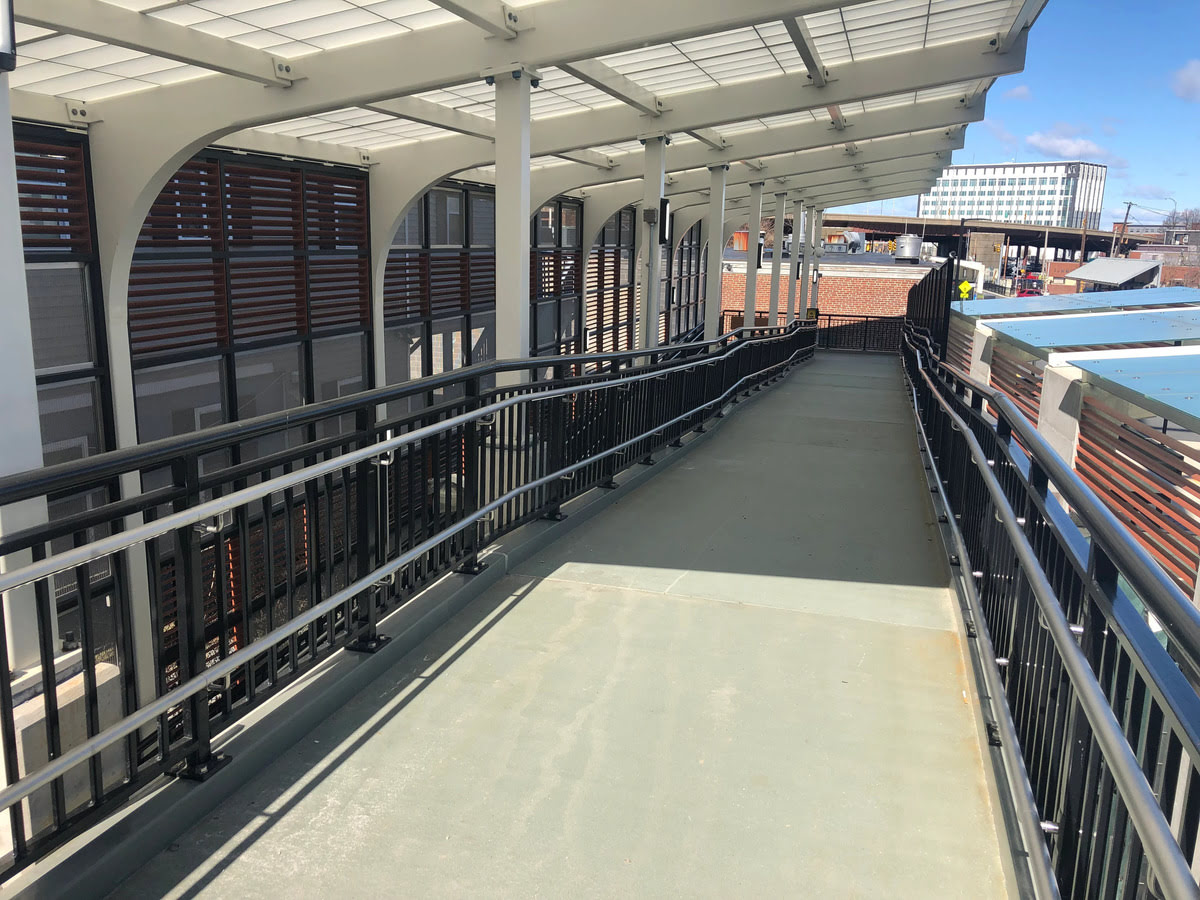
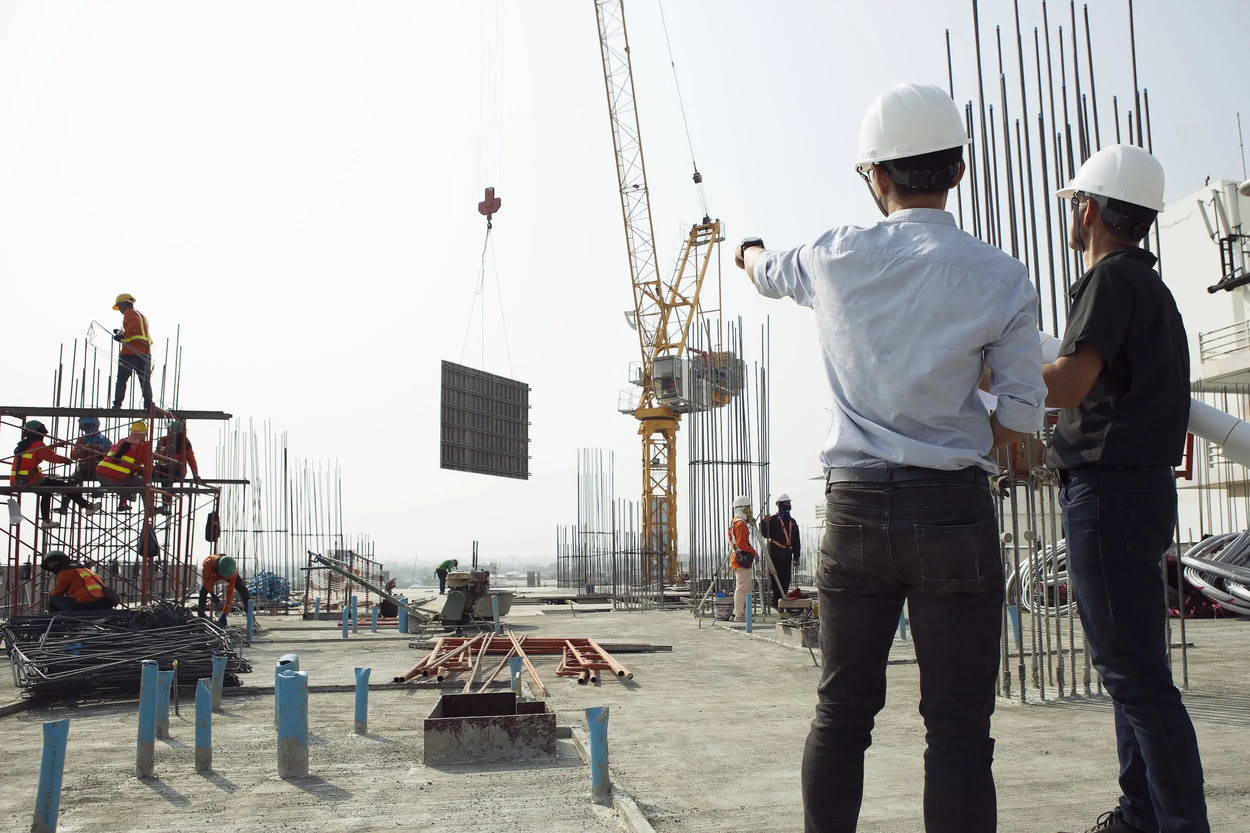

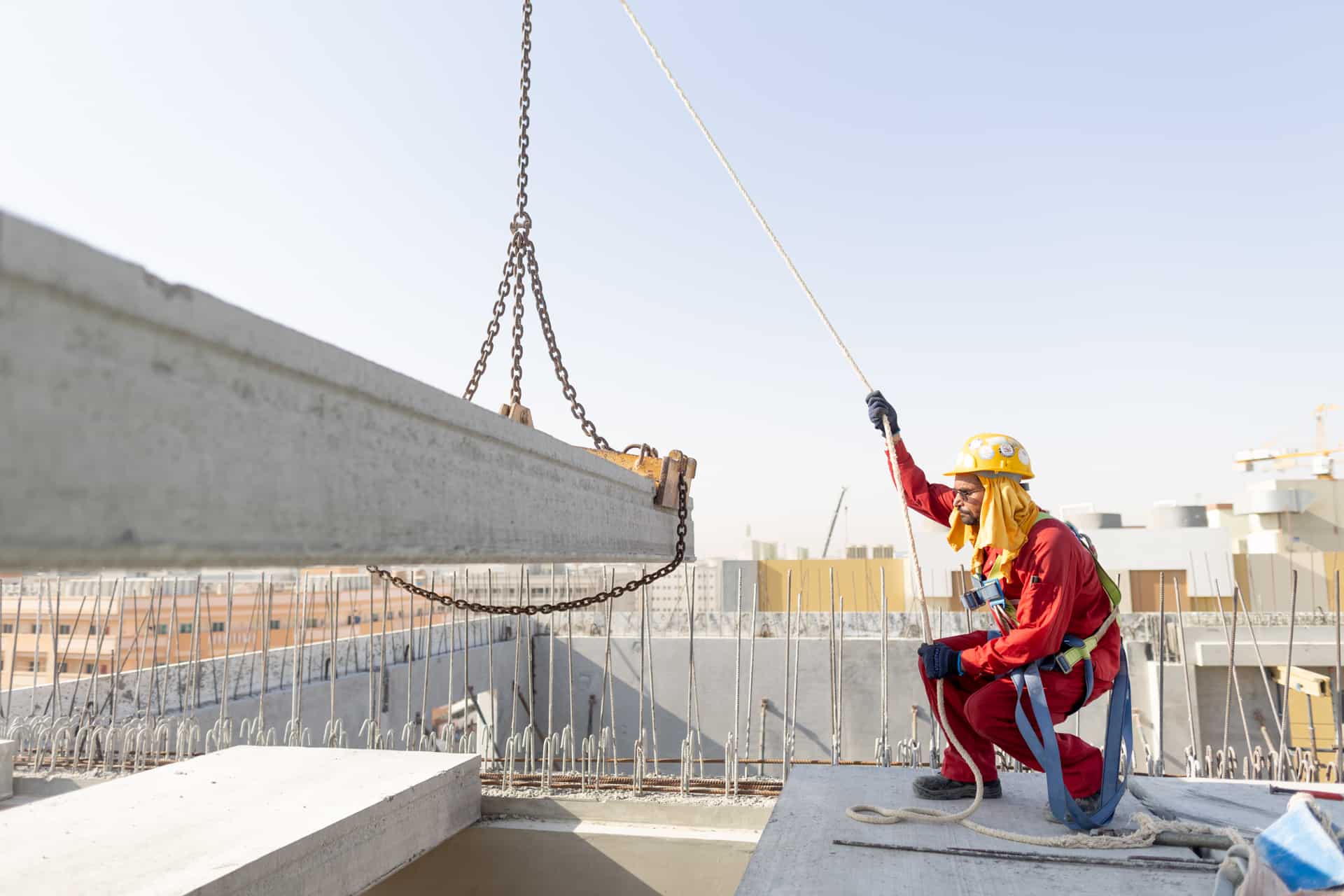
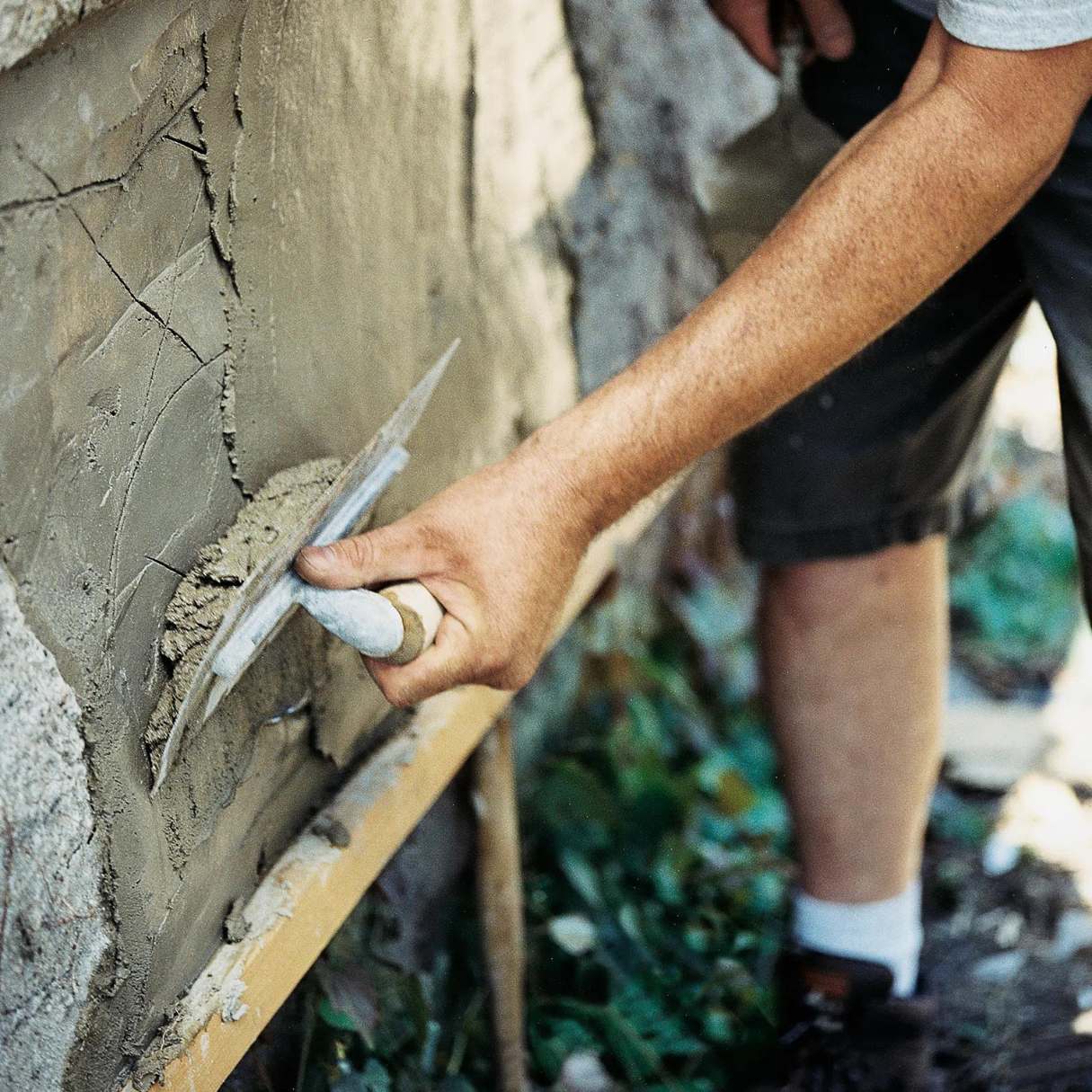
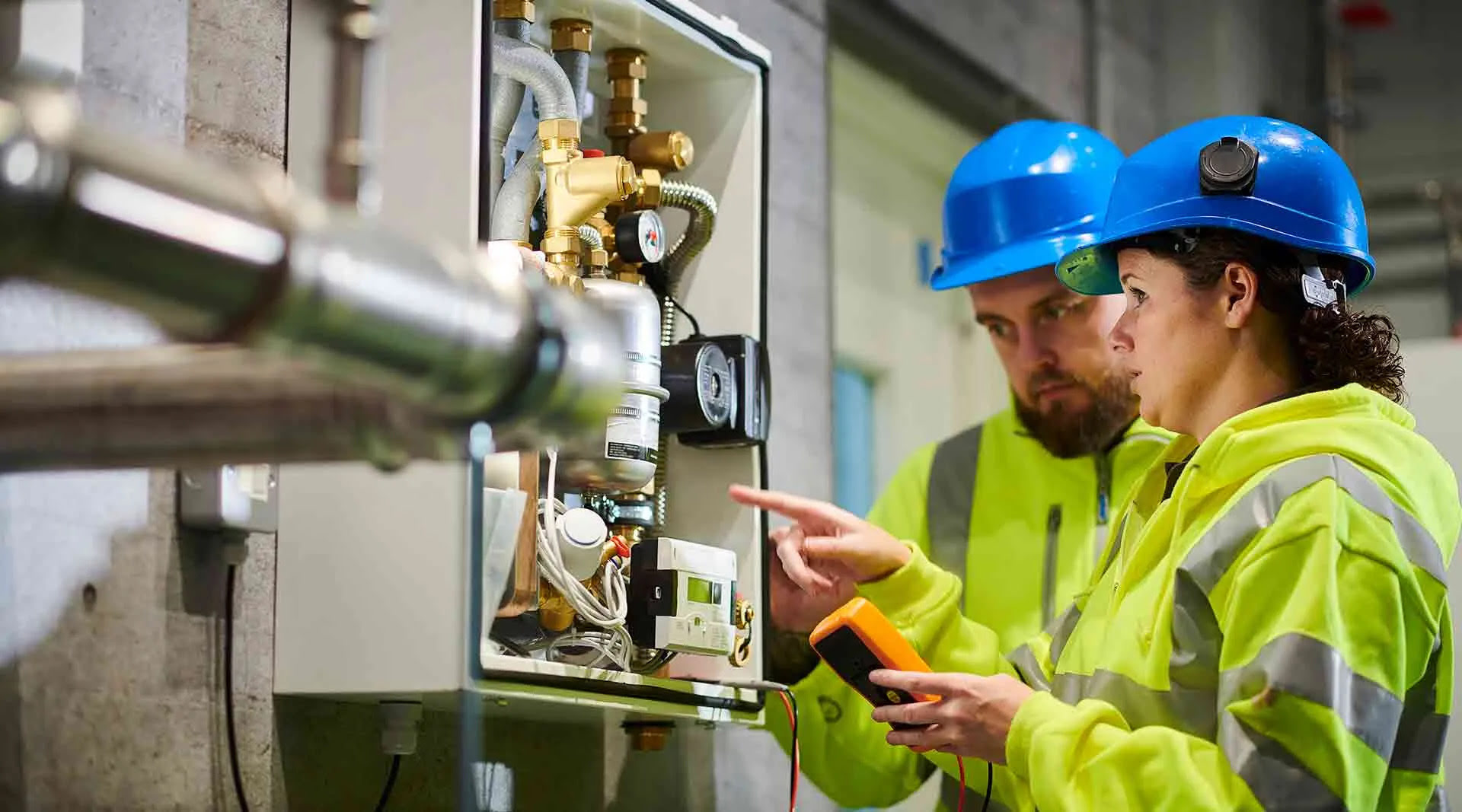

0 thoughts on “What Does PC Mean In Construction”